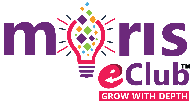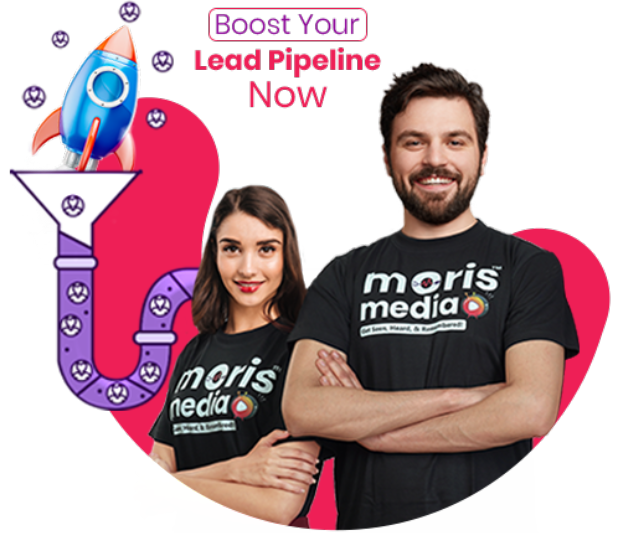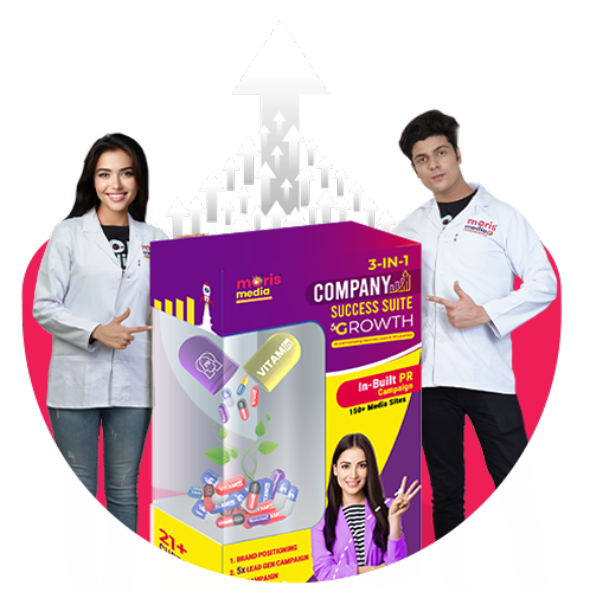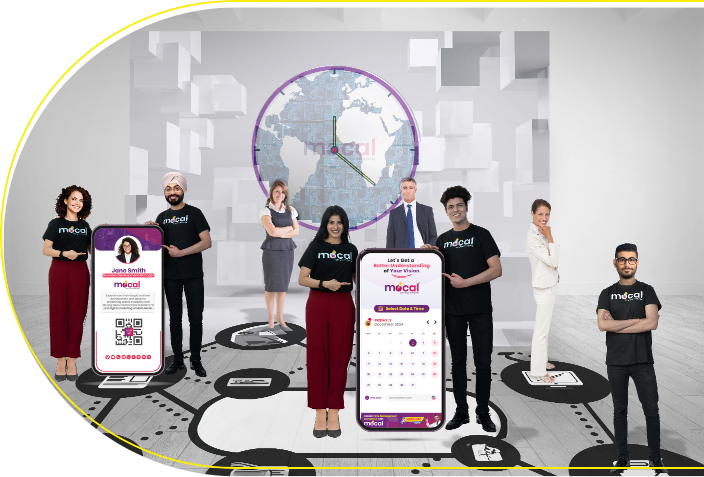As a leading global PR and Digital Marketing Agency with experience in over 40 countries, Moris Media understands the challenges HR professionals in the United States face. A recent SHRM report highlights a key concern: managing a complex and often dispersed workforce while maintaining optimal efficiency. Effective scheduling software can be a game-changer, and navigating the abundance of options can be overwhelming.
To empower informed decision-making, Moris Media conducted a comprehensive analysis. This included a survey of over 10,000 HR professionals across the US and rigorous testing of various software solutions in diverse industry settings. Our goal? To identify the most effective and budget-friendly scheduling tools available in the US for 2025.
The Power of Choice:
The US workforce is constantly evolving, and the Bureau of Labor Statistics reports a growing emphasis on remote work and flexible schedules. The right HR scheduling software can revolutionize your HR processes by:
- Streamlining Workflows: Reduce time spent on manual tasks and free up HR professionals for strategic initiatives.
- Optimizing Scheduling: Ensure efficient staff allocation, improve employee satisfaction with work-life balance, and minimize scheduling conflicts.
- Boosting Productivity: Empower employees to manage their schedules, access important information, and collaborate seamlessly.
We've meticulously analyzed the leading contenders in the US HR scheduling software market. This comprehensive breakdown will equip you to select the ideal solution for your unique needs. Following a deep dive into the top contender, moCal, we'll explore the strengths and limitations of other notable options.
Top 10 HR Scheduling Solutions in the US for 2025:
- moCal
- Deputy
- 7shifts
- When I Work
- Connecteam
- ZoomShift
- QuickBooks Time
- monday.com
- Clockshark
- Snap Schedule 365
#1: moCal – The 7-in-1 Scheduling Powerhouse (Free Trial, Paid Plans)
moCal is making waves in the US HR landscape with its game-changing features. Designed as a one-stop shop, moCal seamlessly integrates scheduling, CRM, and core recruitment functionalities. Its user-friendly interface positions it as a strong contender for HR teams of all sizes.
Why US HR Teams Choose moCal:
- Effortless Scheduling: Simplify scheduling for interviews, onboarding, training, and performance reviews. Focus on your people, not paperwork.
- Time-Saving Automation: AI automates screening and scheduling processes, eliminating nearly 90% of repetitive tasks with exceptional accuracy.
- Customizable Branding: Create a professional candidate experience with scheduling pages that reflect your company's unique brand.
- Automated Reminders: Reduce no-shows and keep the hiring process moving with automated reminders for candidates and interviewers.
- Seamless Collaboration: Foster team communication and shared visibility with moCal's collaborative calendar and task management features.
Considerations Before You Dive In:
- Mobile App: While a mobile app is in development, moCal is currently primarily web-based. This might be a drawback for HR professionals who require constant on-the-go access.
- Deeper HR Needs: If you require a comprehensive HRIS (Human Resources Information System), moCal might not be the only solution needed. However, its scheduling and candidate relationship management capabilities are top-notch.
- Pricing Transparency: While moCal emphasizes affordability, specific details beyond the starting price can be unclear. Explore all pricing tiers to ensure alignment with your budget and needs.
Is moCal Right for Your Team?
If you're a growing company or an HR professional seeking to streamline scheduling, automate tasks, and improve candidate communication, moCal is definitely worth a closer look. The free trial allows you to explore its features and assess its fit for your unique HR workflows.
Exploring Your Options:
The ideal HR scheduling software hinges on your specific priorities. Here's a glimpse into some strong contenders:
- Shift-Based Workforces: For retail and hospitality businesses, Deputy and 7shifts excel. Deputy's robust mobile app and communication tools simplify shift swaps and time-off requests, while 7shifts specializes in restaurant scheduling and labor cost forecasting.
- Basic Needs, Small Businesses: When I Work offers a user-friendly interface ideal for smaller businesses seeking basic scheduling and time tracking features.
Beyond Scheduling: A Comprehensive Solution
However, if you're seeking a comprehensive HR management solution that also boasts exceptional scheduling capabilities, moCal could be the transformative tool you've been searching for. Take advantage of the free trial and discover how moCal can elevate your recruitment and employee management processes












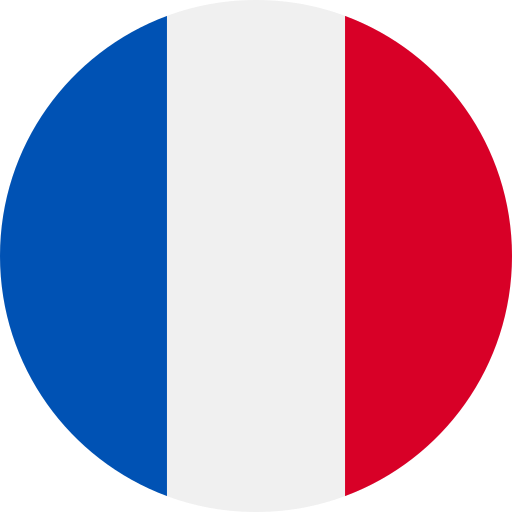









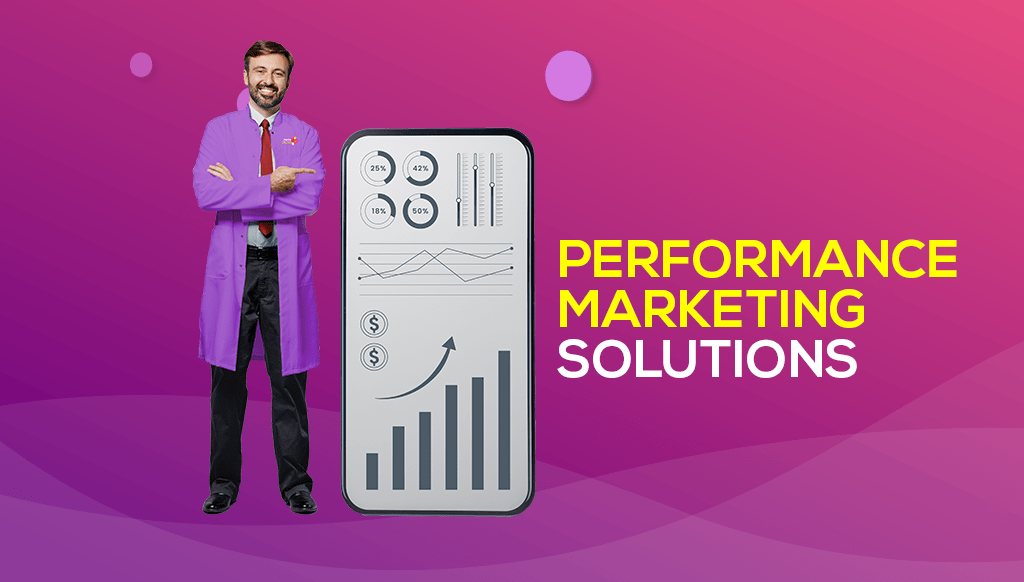
.png?v=1676960503)
















